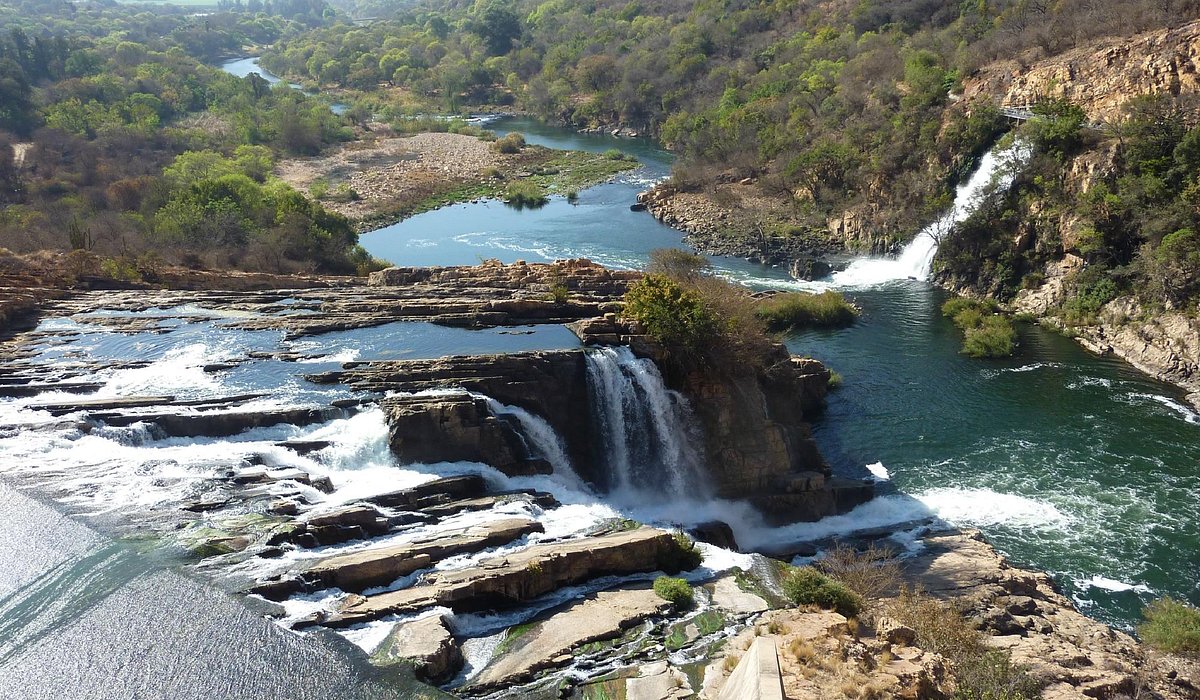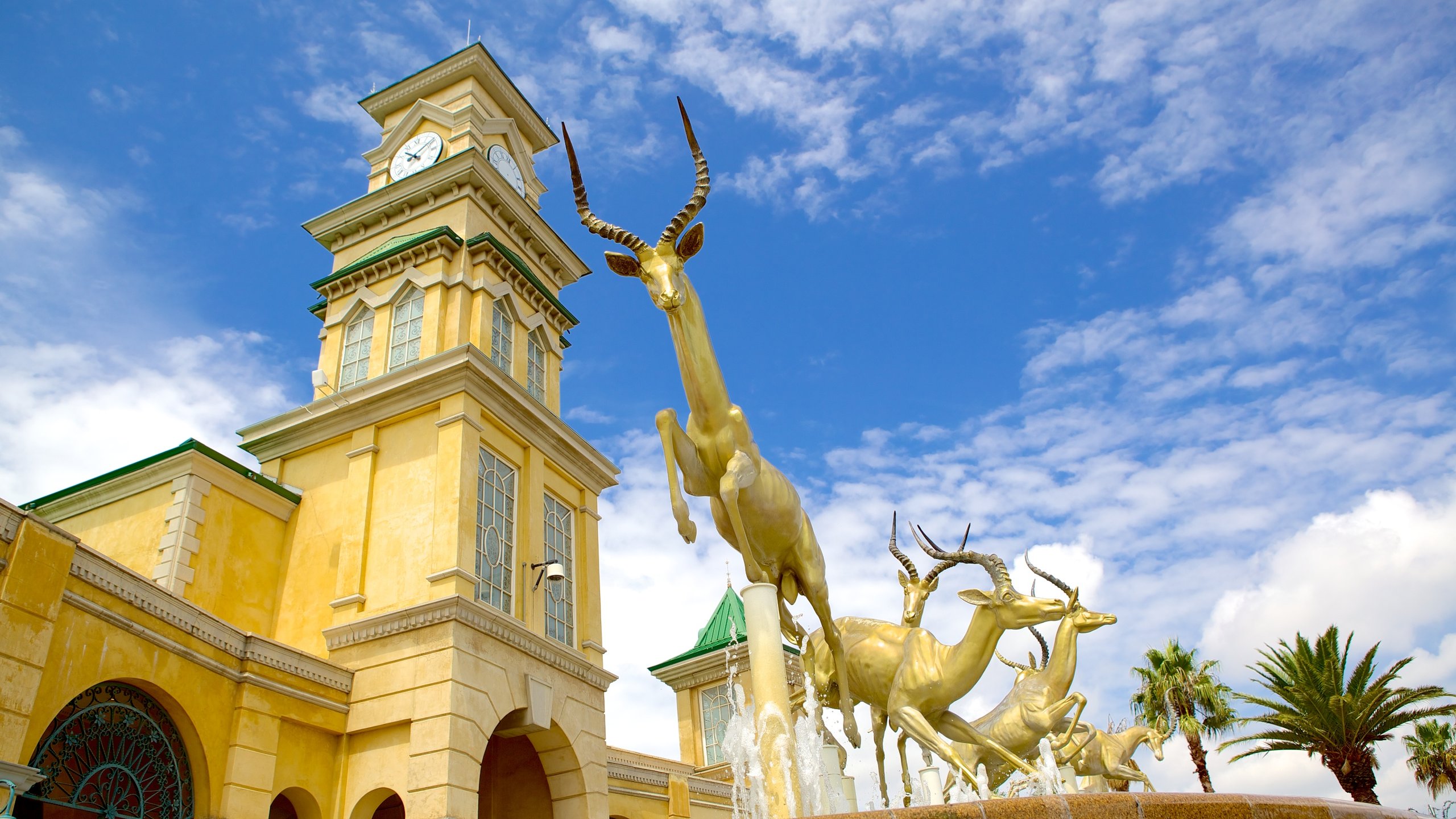Fascination About Johannesburg North Attractions
Table of ContentsThe Main Principles Of Johannesburg North Attractions Some Known Details About Johannesburg North Attractions The Single Strategy To Use For Johannesburg North AttractionsSome Known Facts About Johannesburg North Attractions.Everything about Johannesburg North AttractionsThe Basic Principles Of Johannesburg North Attractions
The city grew on the edge of the Witwatersrand Main Coral reef, a subterranean stratum of gold-bearing quartz-silica conglomerate that arcs for hundreds of miles below the Highveld - Johannesburg North attractions. Many of the gold mines in the city stopped operation in the 1970s, but in its day the Witwatersrand gold industry accounted for even more than 40 percent of the globe's yearly gold production.Johannesburg has a pleasant environment. Summer season temperature levels average about 75 F (24 C); winter temperature levels average about 55 F (13 C) and only occasionally dip listed below freezing. The city delights in about 8 hours of sunlight per day in both winter months and summertime. Rain standards regarding 28 inches (700 millimetres) per year, but the complete varies substantially from year to year.
What rainfall the city receives drops practically specifically in the summer season, often in stunning late-afternoon electrical storms. Air pollution presents a significant trouble, especially in the winter season, when thermal inversions restrain the westward circulation of air from the Indian Sea. Air pollution is most serious in the densely worked out Black municipalities on the city's periphery, where several locals still depend on coal for gas.

The Definitive Guide for Johannesburg North Attractions
The balance of the city is inhabited by whites. Lodging differs in character and high quality. Soweto is infamous for its limitless rows of municipally constructed, two-room matchbox homes, yet it also has a few flourishing enclaves in addition to bursting squatter camps, where tens of thousands live without water, electrical power, or sanitation facilities.
Physical development, although rather restricted by transportation, continued rapidly as migration to South Africa, and Johannesburg in specific, raised considerably. This problem was addressed in the 1930s when the vehicle was introduced in automation to South Africa. Autos were, essentially, constrained to the well-off, and allowed them to relocate to the north of the city and commute into the centre.
A lot of bad residential areas were mixed, with inadequate blacks and whites living together, although the rich suburbs were generally scheduled for whites.
The previous system of eleven numbered regions was reorganised in 2006. Marshalltown, as seen from the top of the Carlton Centre. The M1 and M2 run behind the structures, and the southern suburban areas extend past the freeway limit. The internal city of Johannesburg is located within the city's Region F. The approximated population of the region is 200,000, [] yet the number of individuals staying in the central city on an informal basis is unidentified, as numerous are illegal aliens. Most check higher-income homeowners and white people have actually relocated to the north suburbs and have been changed by lower-income black people. The joblessness, education, and age profiles of the area are all unidentified, due to the problem of obtaining dependable details concerning the area.
The 8-Minute Rule for Johannesburg North Attractions
Yeoville and Bellevue have a mix of apartment and solitary household systems on little great deals. The region lies on a hilly divide that ranges from east to west. The most obvious geographical attribute is Observatory Ridge, which is called for the big observatory located on it. The recreational rooms are no much longer made use of, because of safety issues.

Little Known Facts About Johannesburg North Attractions.
The eastern suburbs are some of the earliest locations of Johannesburg, there are huge neighborhoods of Jewish and other European histories, the majority of the populace is English speaking. There are 3 golf programs as well as a number of protected ridges with viewsites.
Initially constructed to house male migrant workers, several have actually been enhanced as homes for couples and family members. The residential area was not traditionally enabled to develop employment centres within the area, so almost all of its citizens are commuters to other components of the city.
The Only Guide for Johannesburg North Attractions
The N1 Western Bypass attaches the northern residential areas with the north-western suburbs. The suburbs in the northern suburbs are generally official, without considerable locations of casual real estate, or housing that lacks a long-term framework. Although this is a recognized area, there is a trend of land usage adjustment from property to industrial, especially along main arterial roadways and around well-known nodes.
Roadways to the east and west are much less click here for more info well developed, as there are no highways taking a trip in that instructions. Towards the north boundary of the city, the density of advancement reduces, leaving huge locations check out here of primitive land around Midrand.
All about Johannesburg North Attractions
, which is situated on a hillside forgeting the internal city and Hillbrow.